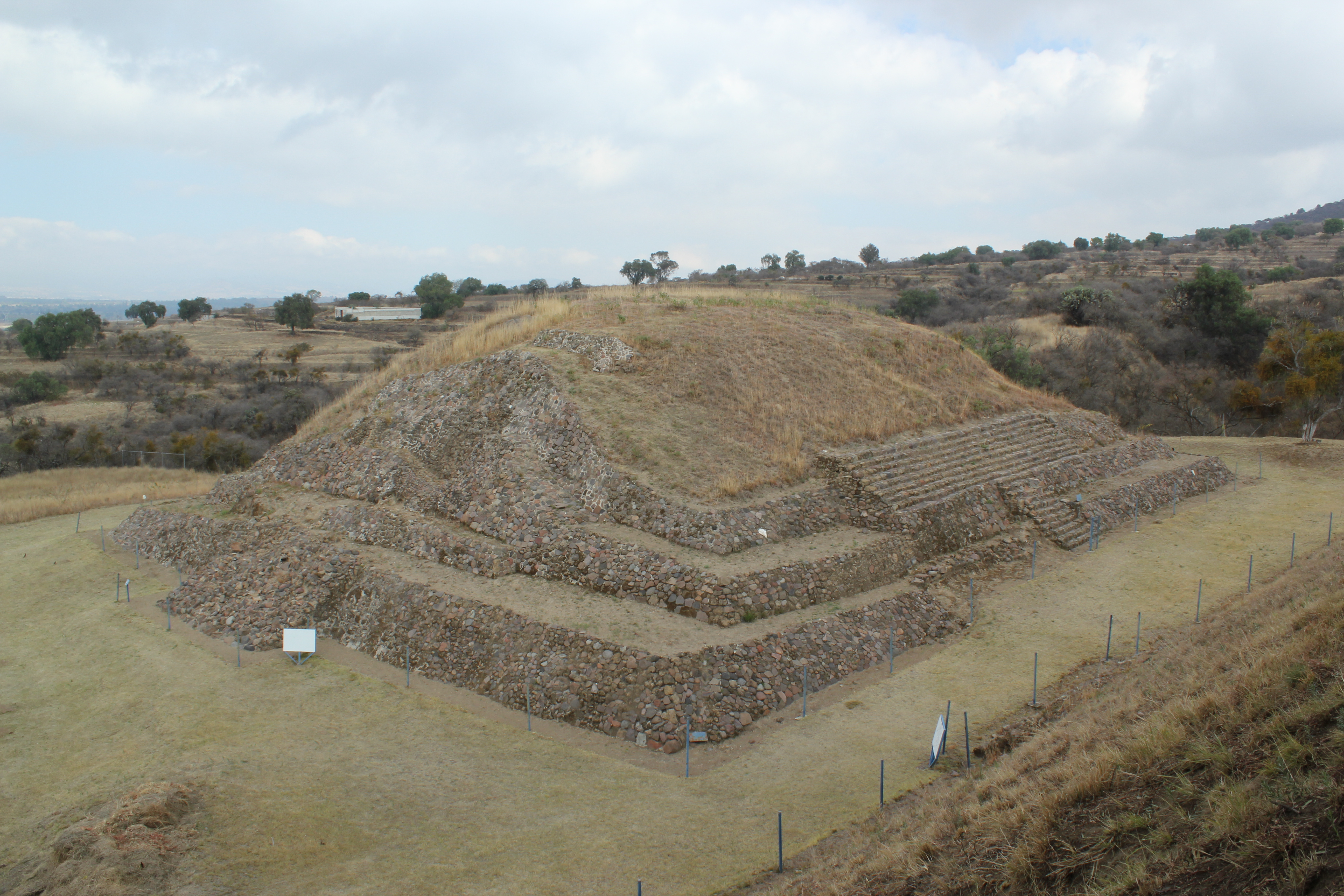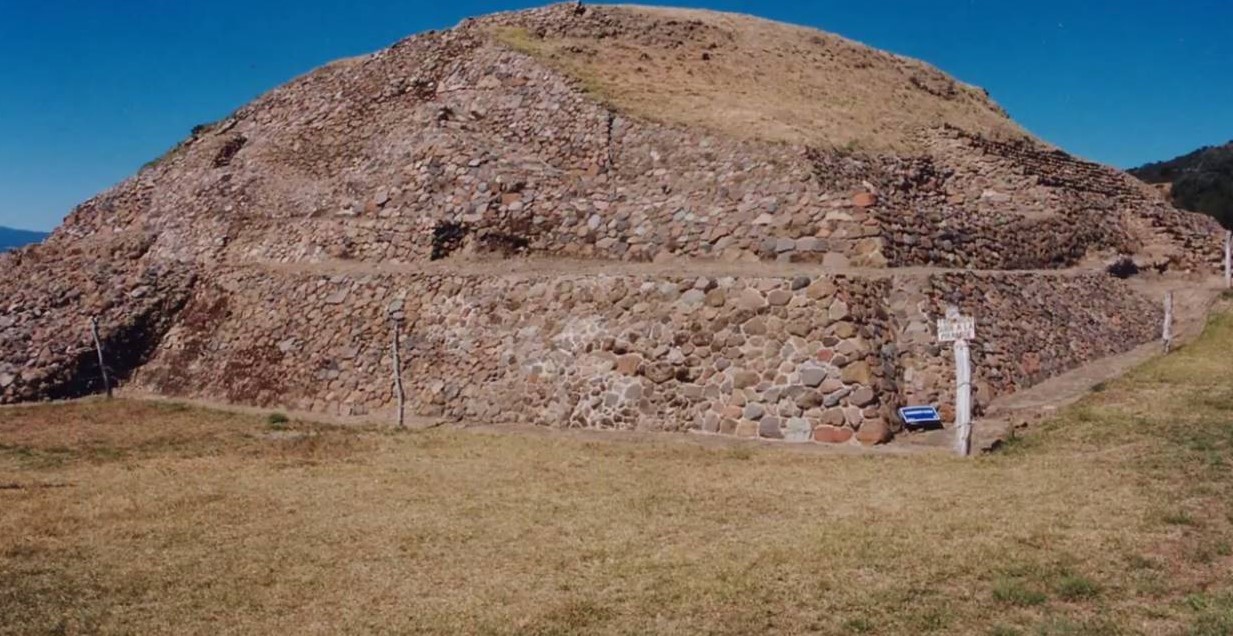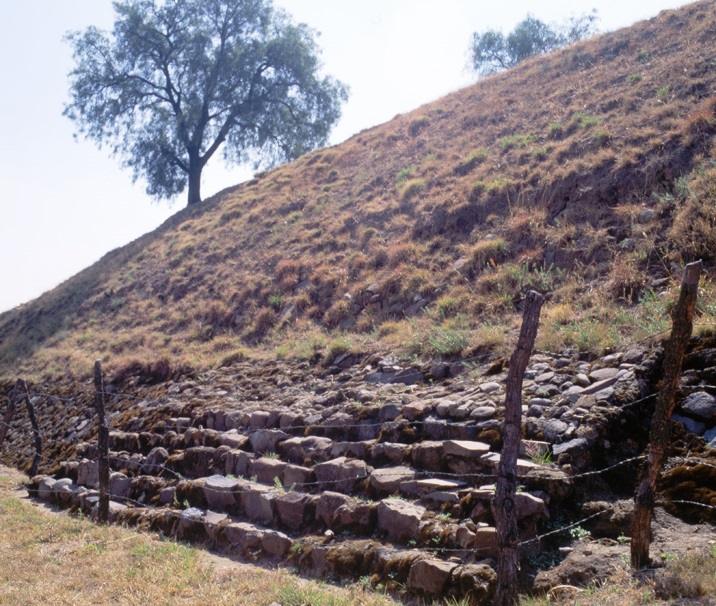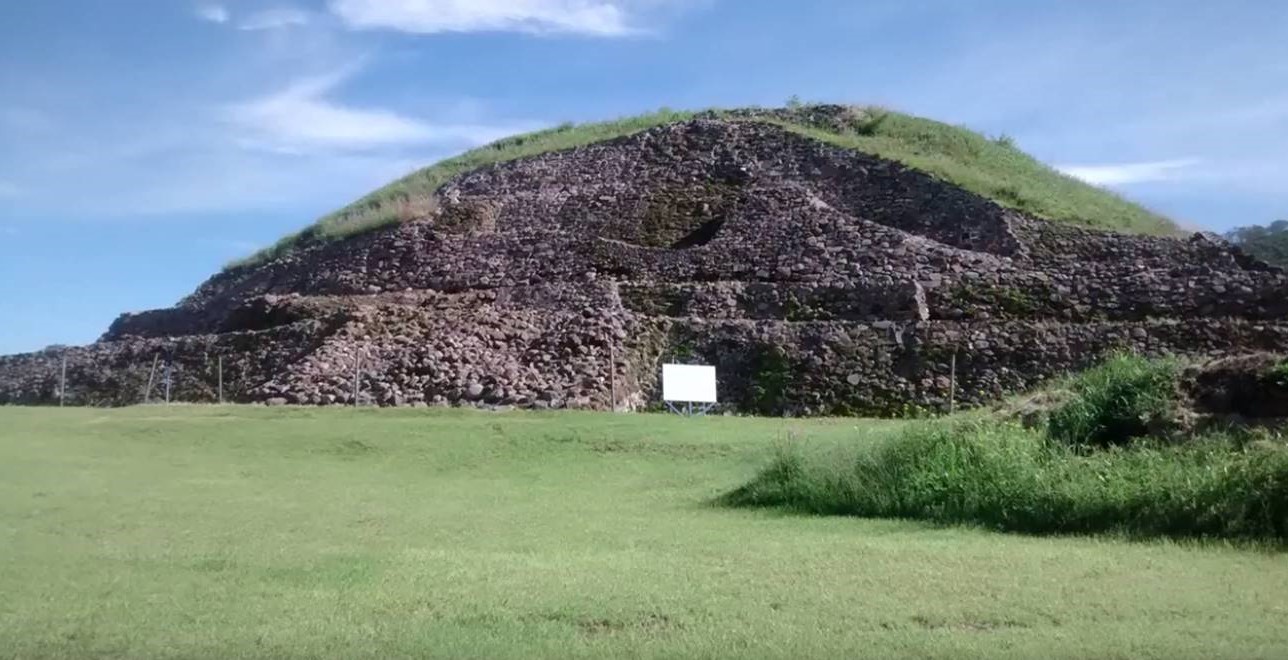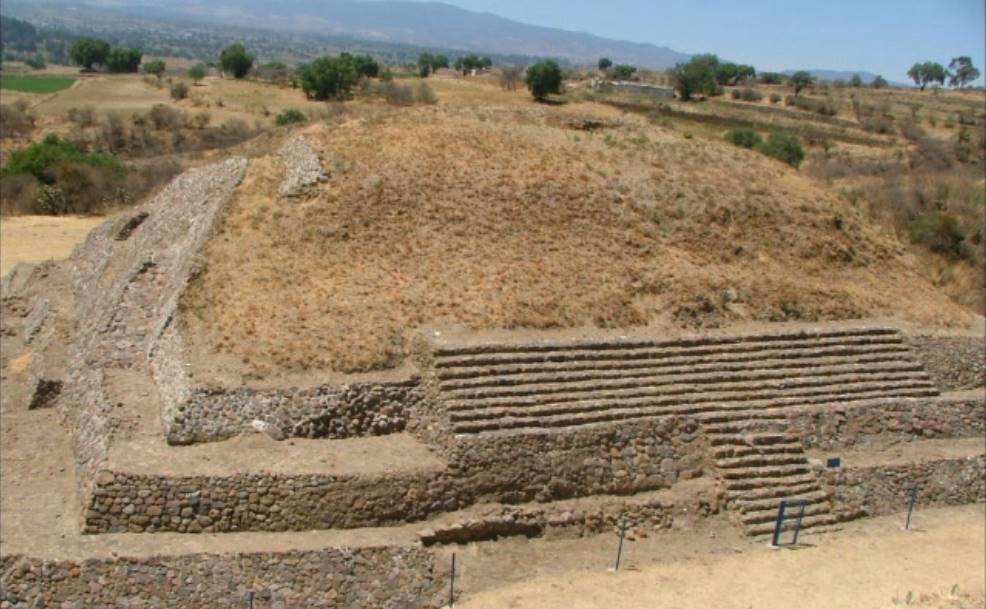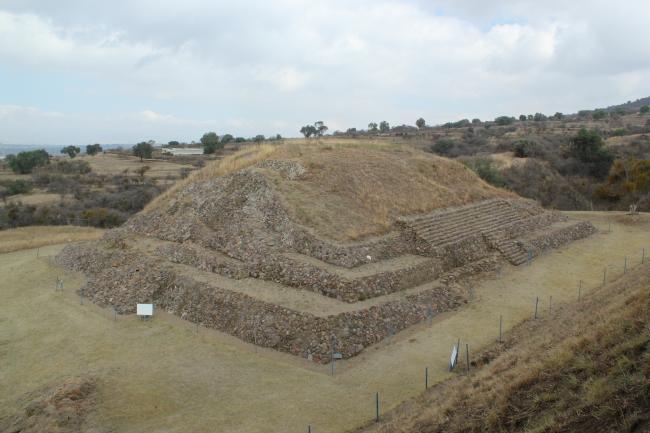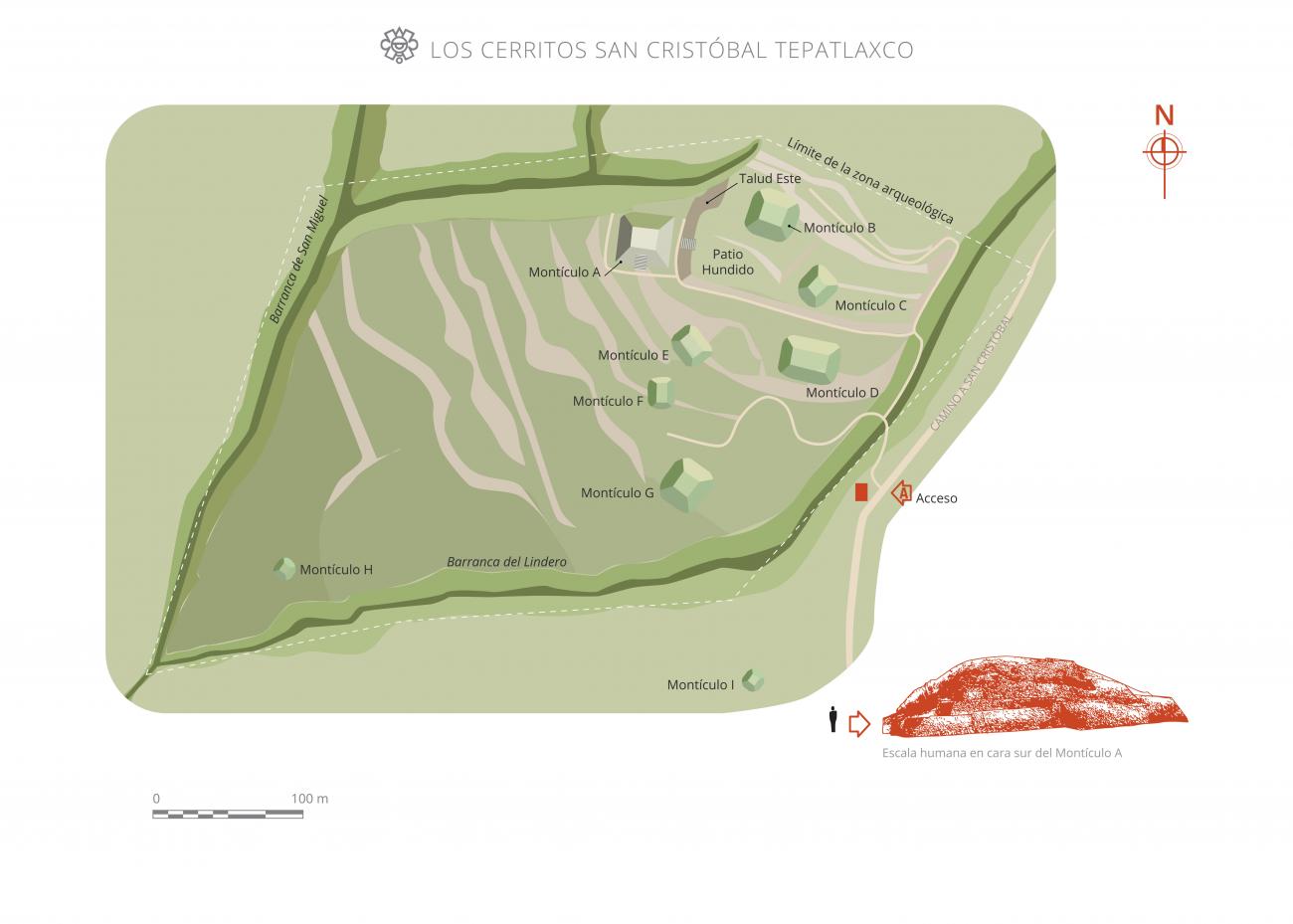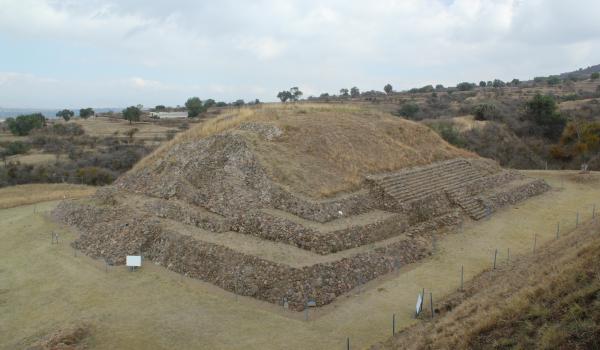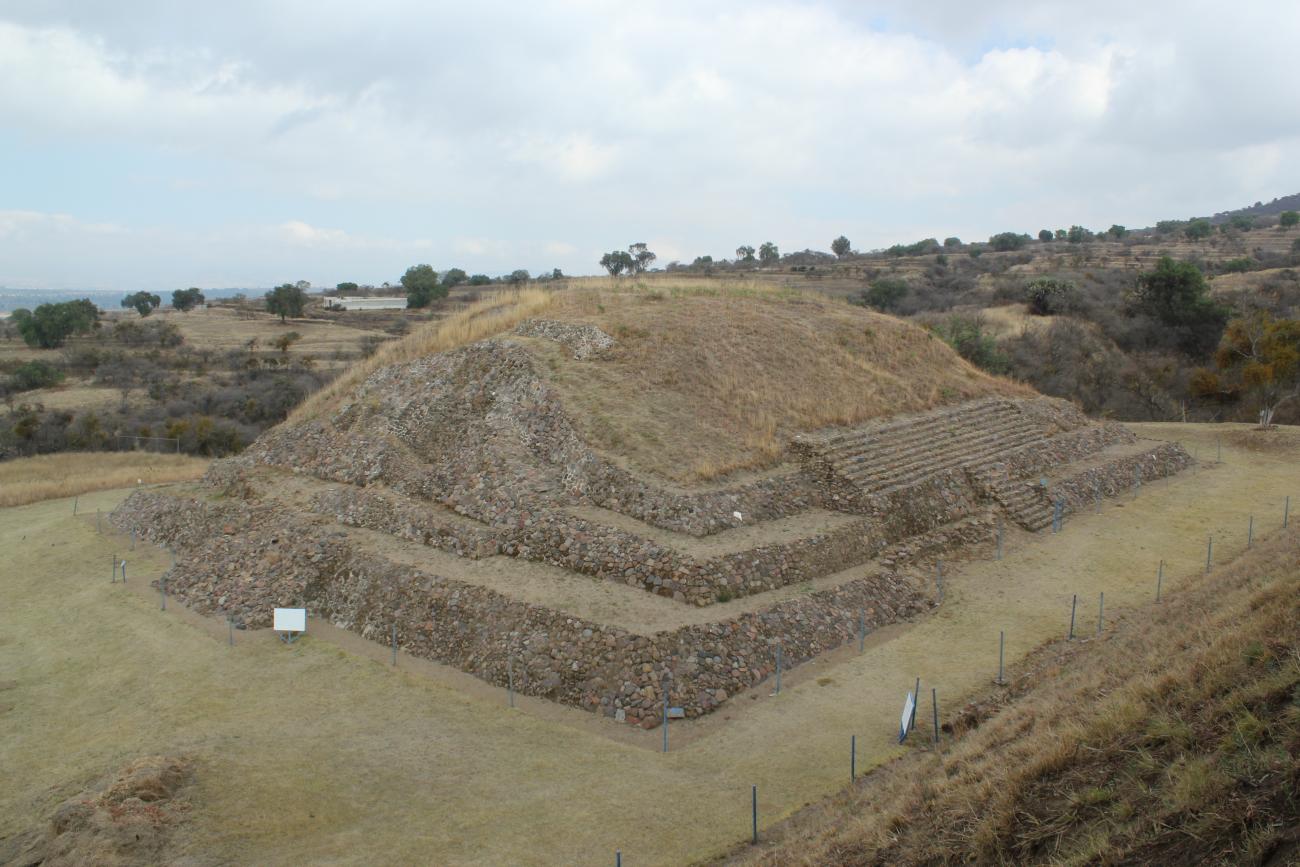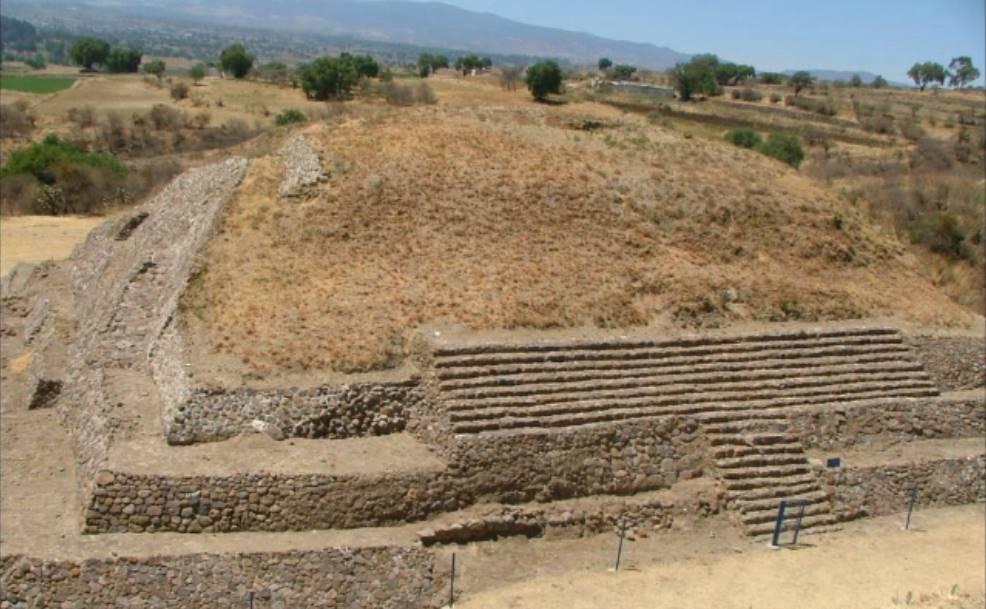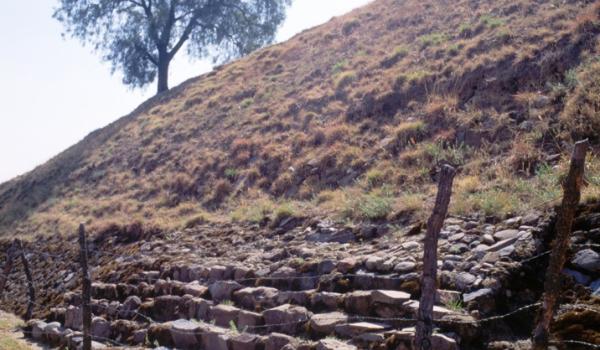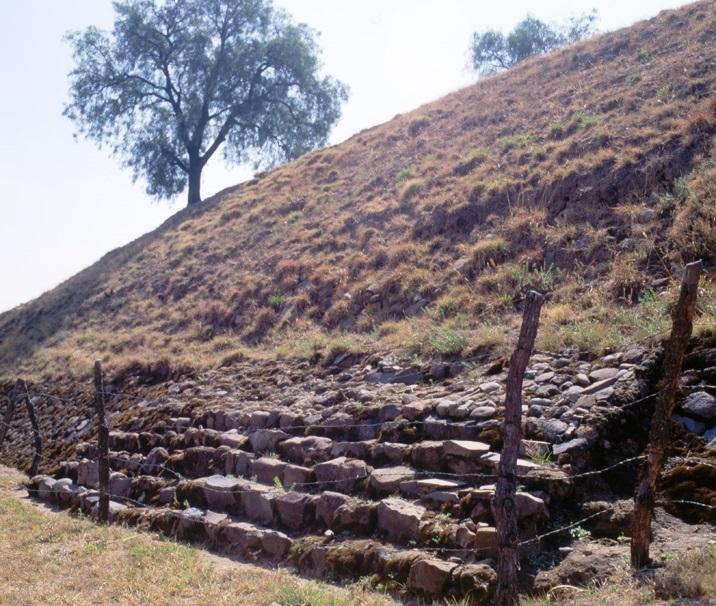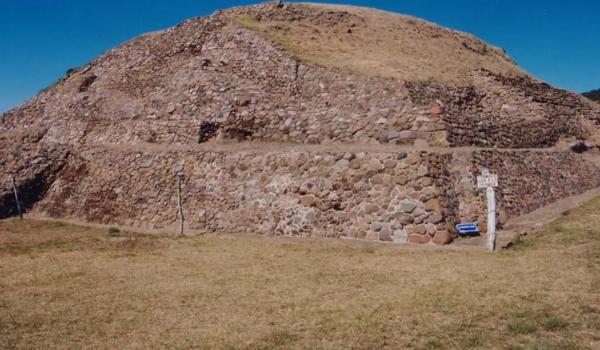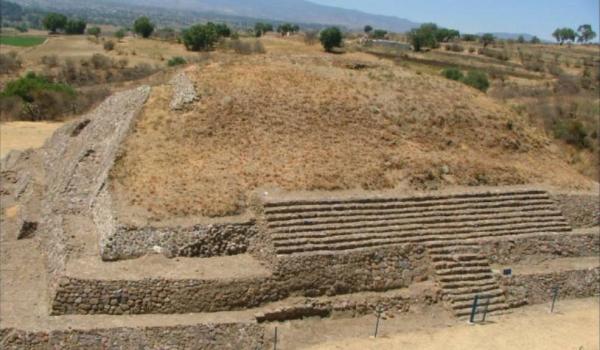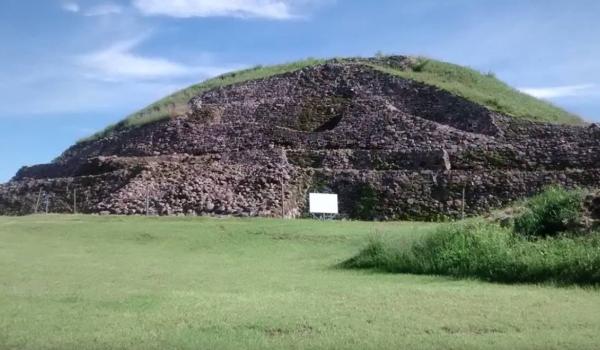Visit us
Los Cerritos de San Cristóbal Tepatlaxco
Opening hours
Thursday to Sunday from 09:00 to 18:00 h
Fee
Sin costo Visitantes nacionales
Sin costo Visitantes extranjeros
Visitas fuera de horario normal de operación $730.00
Visits outside of normal operating hours $730.00
Adress
Los Cerritos San Cristobal Tepatlaxco, Municipality of San Martin Texmelucan, Puebla.
Access
Take the Federal Highway 190 Mexico-Puebla to the town of San Cristóbal Tepatlaxco, which is located before San Martín Texmelucan. From there, take Avenida del Trabajo towards the east, continue along the dirt road located at the western edge. At the junction, continue on the central road and, eight hundred meters further on, take the path to the left, which is signposted with INAH signs. From this point, access to the site is by foot, approximately 200 meters to the northwest.
Important
- No smoking
- No entry with food
- Pets not allowed

